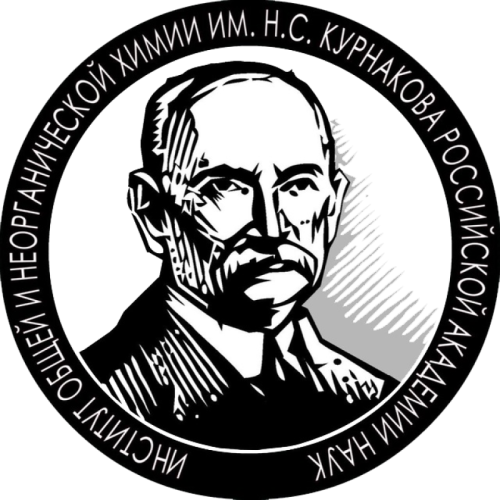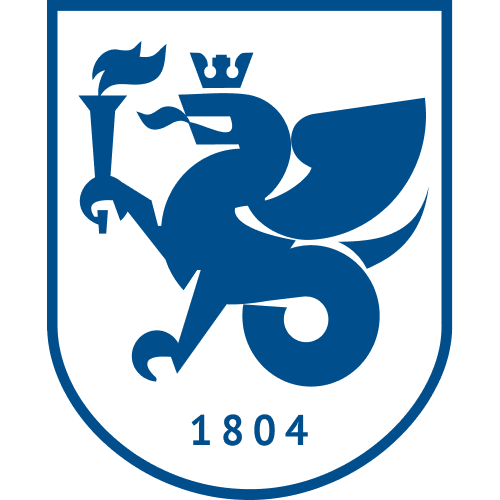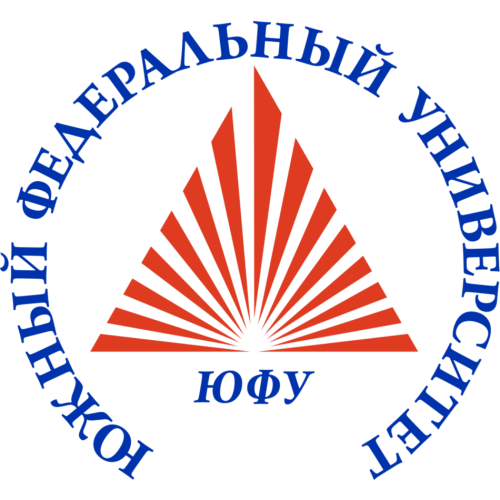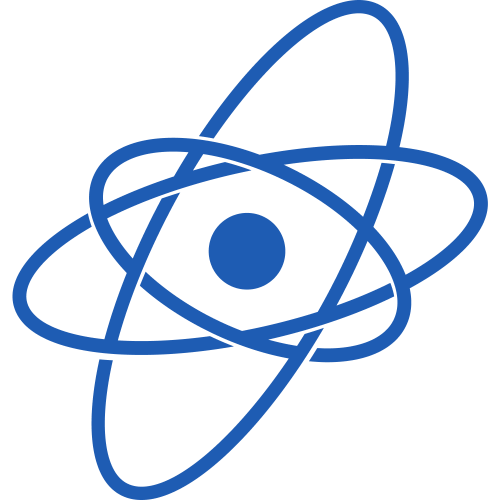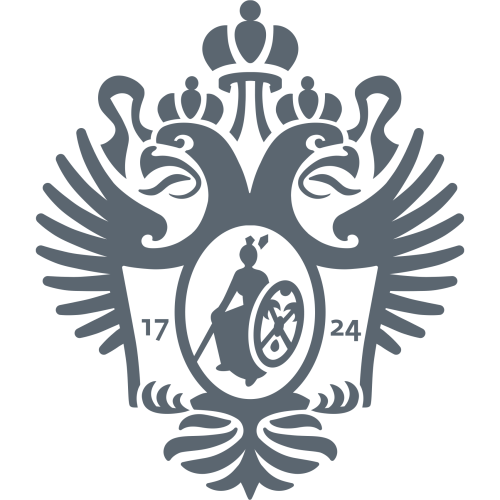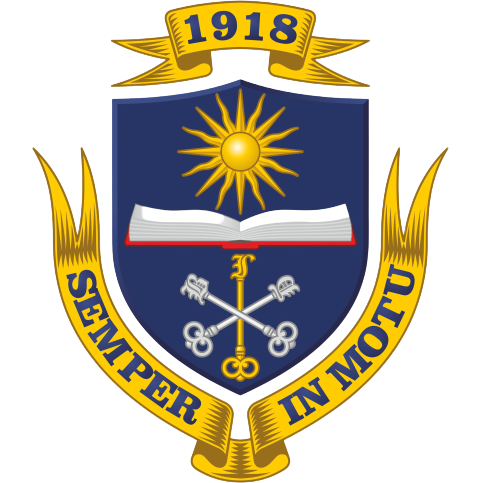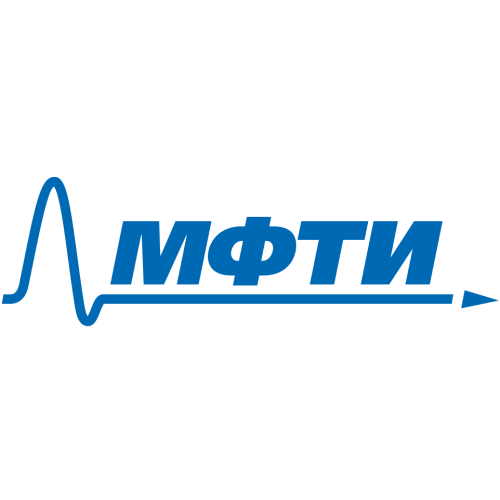Department of Synchrotron Experimental Stations
Synchrotron radiation is a universal research tool that allows you to obtain information about the atomic structure of materials and objects in a wide variety of fields of knowledge: physics, chemistry, biology, medicine and even archaeology. Today, the Kurchatov synchrotron radiation source KISI-Kurchatov is a unique scientific installation of the megascience class, the only specialized source of synchrotron radiation in the entire post—Soviet space. The modern KISI-Kurchatov is a center for collective use, an interdisciplinary facility where research is simultaneously conducted in the field of nanodiagnostics, biotechnologies and living systems, materials science, metrology, cultural heritage sites and others. To date, KISI-Kurchatov has 16 experimental research stations of various directions. The existing experimental lines are being upgraded and new stations are being put into operation.
- Synchrotron X-ray diffraction
- X-ray absorption spectroscopy
- Powder X-ray diffraction
- XPS spectroscopy
- Small-angle X-ray scattering
- X-ray microtomography
- X-ray topography
- X-ray reflectometry
- Standing X-ray waves
- Diffraction in sliding geometry
- X-ray fluorescence in full external reflection
- Single crystal diffractometry
- EXAFS
- XANES










